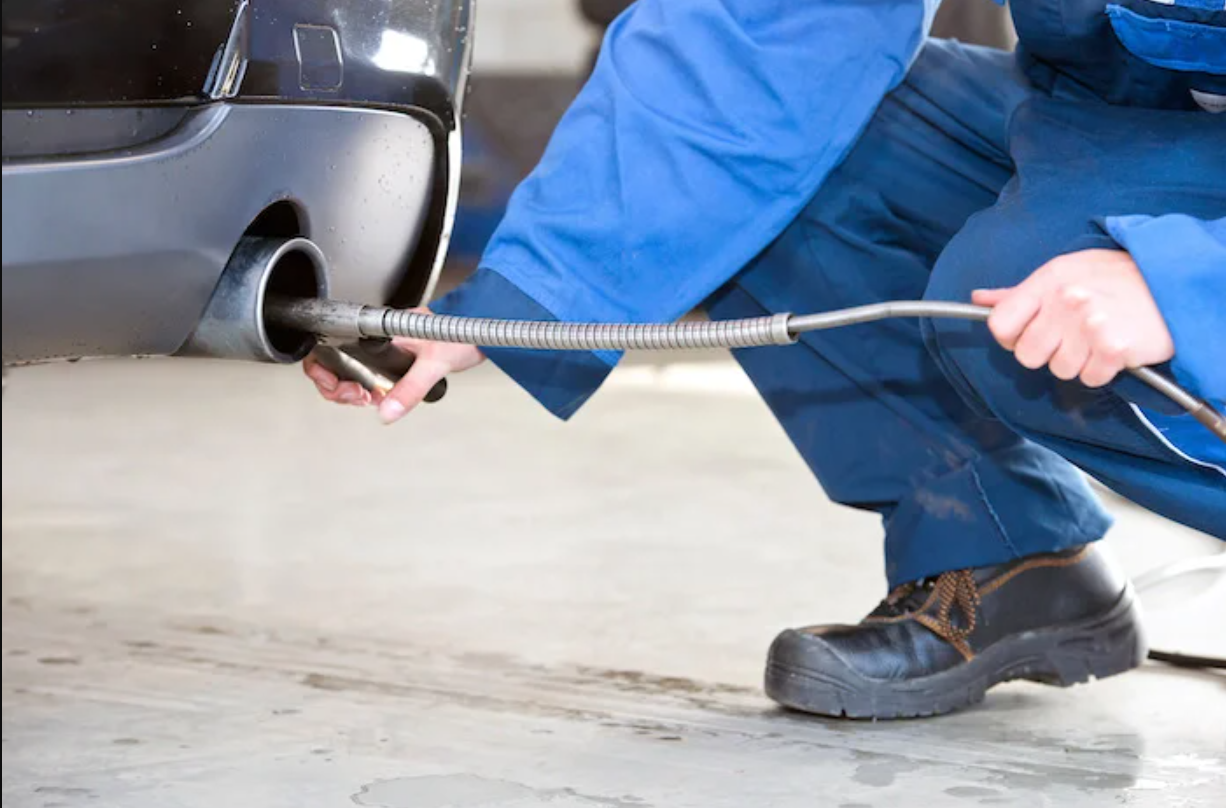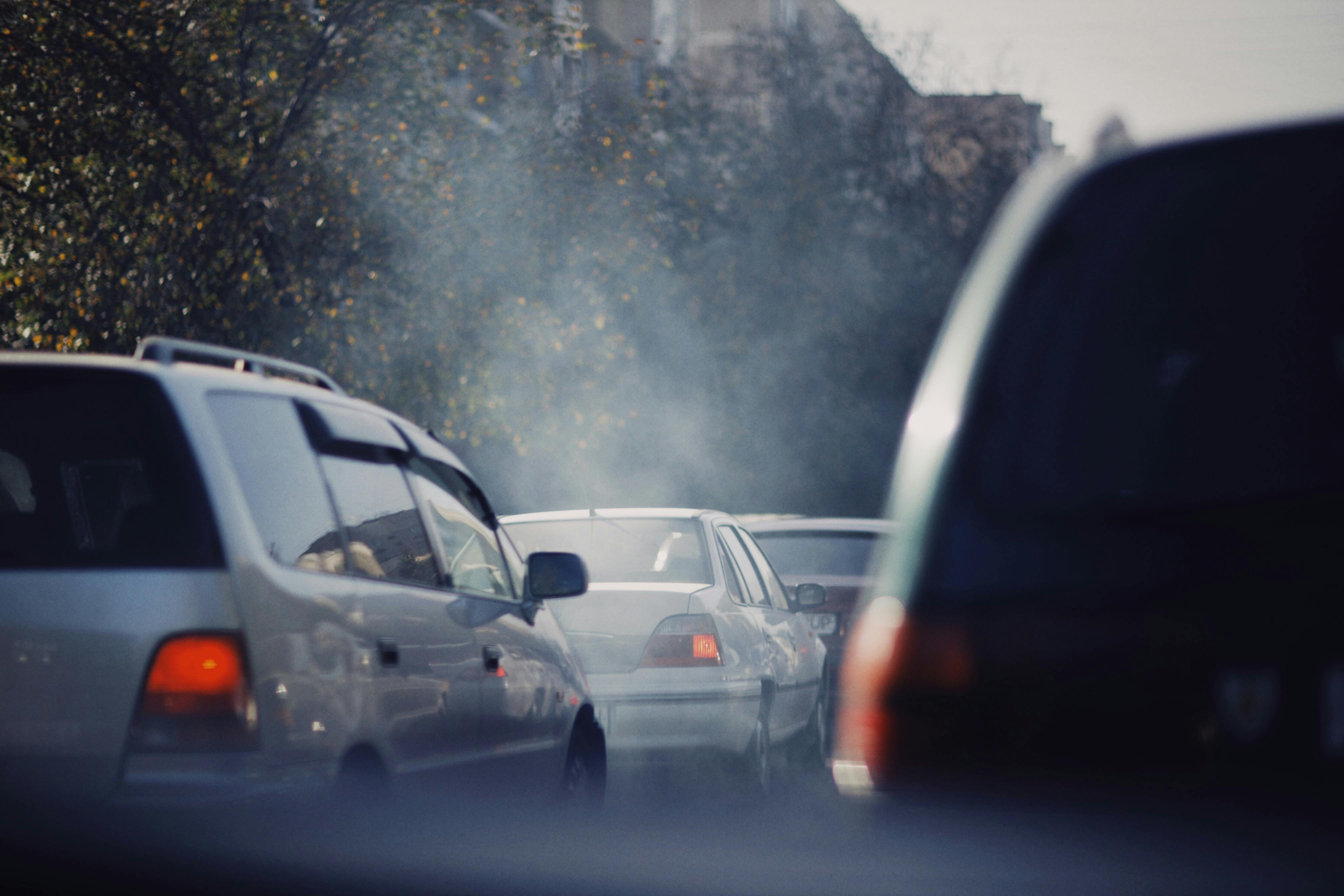Smog Check 101: What It Is, Why It Matters, and How to Pass Without Stress
Author
Bahram Najafzadeh
Date Published

Smog checks might feel like just another DMV hassle, but they are a critical part of keeping our air clean and our vehicles running right. For a vehicle owner in California, understanding the ins and outs of the smog check program is key to staying in compliance and avoiding unexpected costs.
This guide will demystify the entire process, from what smog is to why cars fail, and what you can do to pass on your first try.
What is Smog, Anyway?
When your vehicle burns fuel, it emits gases through the exhaust. Some of these gases—such as hydrocarbons, carbon monoxide, and nitrogen oxides—are pollutants that are harmful to both public health and the environment. In large cities with heavy traffic, these pollutants accumulate and react with sunlight to form smog, a dangerous, visible haze that can cause respiratory issues and environmental damage. This is why states, particularly California, mandate periodic smog checks.
What is a Smog Check, and Who Needs One?
A smog check, or emissions test, is a way to ensure your car isn't polluting more than it should. It's a key part of vehicle ownership in California and is required in several situations:
Registration Renewal: A smog check is typically required every two years for most vehicles manufactured in 1976 or later. Your DMV renewal notice will tell you if an inspection is due.
Change of Ownership: When a vehicle is bought or sold, the seller is legally responsible for providing the buyer with a valid smog certificate.
Out-of-State Vehicles: If you are bringing a vehicle into California, it must pass a smog check for initial registration.
Why Do Cars Fail Smog Tests?
It’s frustrating (and expensive) when a car fails its smog test. But usually, the reasons are pretty fixable. The single most common reason for failure is an illuminated "Check Engine" light—this is an automatic fail. Other common reasons include:
Faulty Oxygen Sensors: These sensors regulate the air-to-fuel ratio, and if they're not working, your engine can run too "rich," causing higher emissions.
Dirty or Failing Catalytic Converter: This is your car's most important emissions control device. It can fail due to age or be damaged by engine misfires or oil burning.
EVAP System Leaks: The Evaporative Emissions (EVAP) system prevents fuel vapors from escaping the gas tank. A loose gas cap is the most common and easiest fix for a leak in this system.
Worn Spark Plugs: Old or worn-out spark plugs can cause an incomplete combustion, leading to higher emissions.
General Neglect: Things like dirty air filters and old oil can cause a car to run inefficiently, contributing to a smog test failure.
How to Pass Your Smog Check (the First Time)
Want to pass your test and avoid the hassle of a retest? Here are some simple, effective tips:
Warm Up Your Car: Drive for at least 15–20 minutes before your test. This is crucial because it gets your engine and catalytic converter to their optimal operating temperature, allowing them to burn off excess hydrocarbons.
Repair the Check Engine Light: If it's on, your car will fail. Use an OBD-II scanner to read the trouble code and fix the underlying issue. Simply clearing the code without a repair is a temporary fix, and the light will likely come back on.
Stay on Top of Maintenance: Regular oil changes, spark plug replacements, and air filter changes all help your engine run cleaner and more efficiently.
Try a Fuel Additive: A good fuel additive can help clean carbon deposits from your engine and fuel system, which can improve your chances of passing.
Tighten the Gas Cap: It sounds simple, but a loose or faulty gas cap is a very common reason for an emissions system fault code.
What If You Fail?
Don't fret. The technician will give you a Vehicle Inspection Report (VIR) that lists the reasons for the failure. The first step is to take the report to a reputable repair shop that specializes in emissions. The most expensive repairs are often a failing catalytic converter, which can cost well over a thousand dollars to replace.
However, many issues are minor and affordable to fix. In California, if your vehicle fails, you may be eligible for financial assistance through the Consumer Assistance Program (CAP), which can provide money for repairs or for retiring a high-polluting vehicle.
Final Thoughts
Smog checks are about more than just passing a test—they're a crucial part of making sure your car is running well and contributing to cleaner air. Taking care of your car can make a big difference in maintaining its compliance, saving you money in the long run on repairs, and reducing your impact on the planet.
A cleaner car is better for your wallet, your head, and the air we all breathe.

Learn about California's smog check pricing, potential hidden fees, and how to get a fair price. Pass your smog check without breaking the bank.

Learn about the average cost of a California smog check. Understand what factors influence the price and how to save money on your vehicle's test.